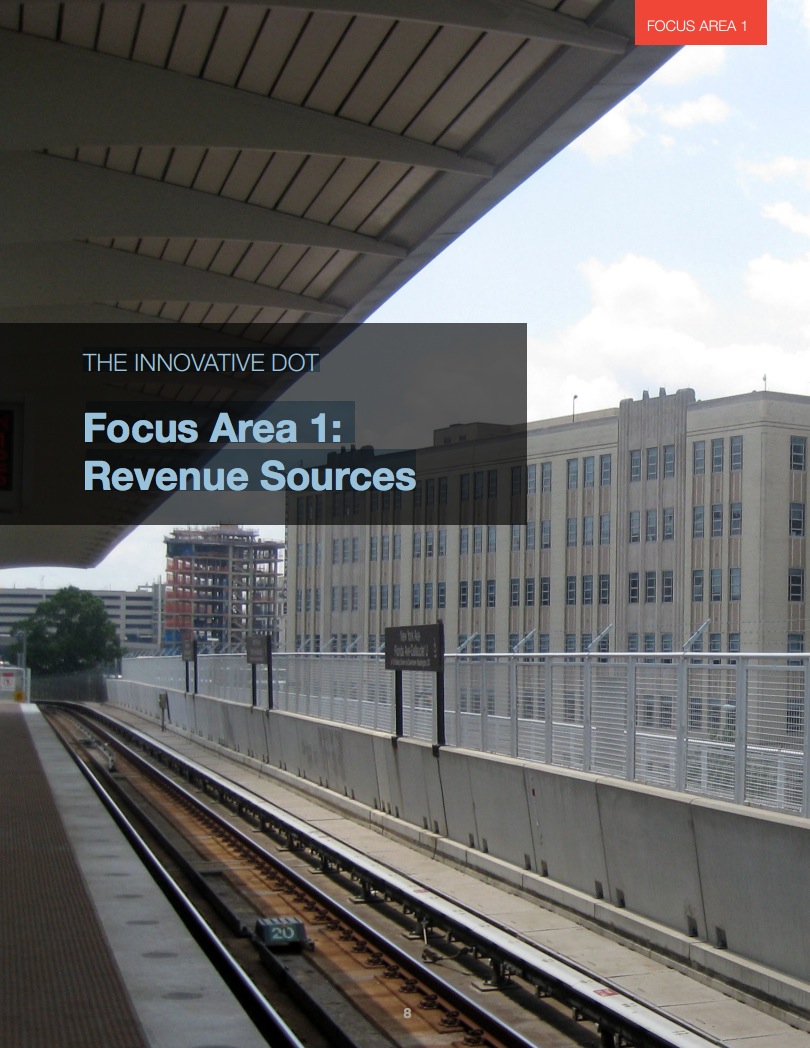
The era when fuel taxes alone could cover robust highway construction and maintenance programs is over. Even then, non-highway modes often struggled for support. Funding transportation out of general revenue is problematic, both be-cause it is subject to changing budget priorities and because it underprices transportation, creating excess demand. State departments of transportation (DOTs) need new sources of dedicated revenues, preferably tied to user fees in cases where excess demand—which is both economically and environmentally costly—can be curtailed through the market-style discipline that such fees impose. User fees may also appeal to stakeholders’ sense of fairness, making them more politically palatable than “subsidies” from general tax revenues.
View this complete Infra Views post...





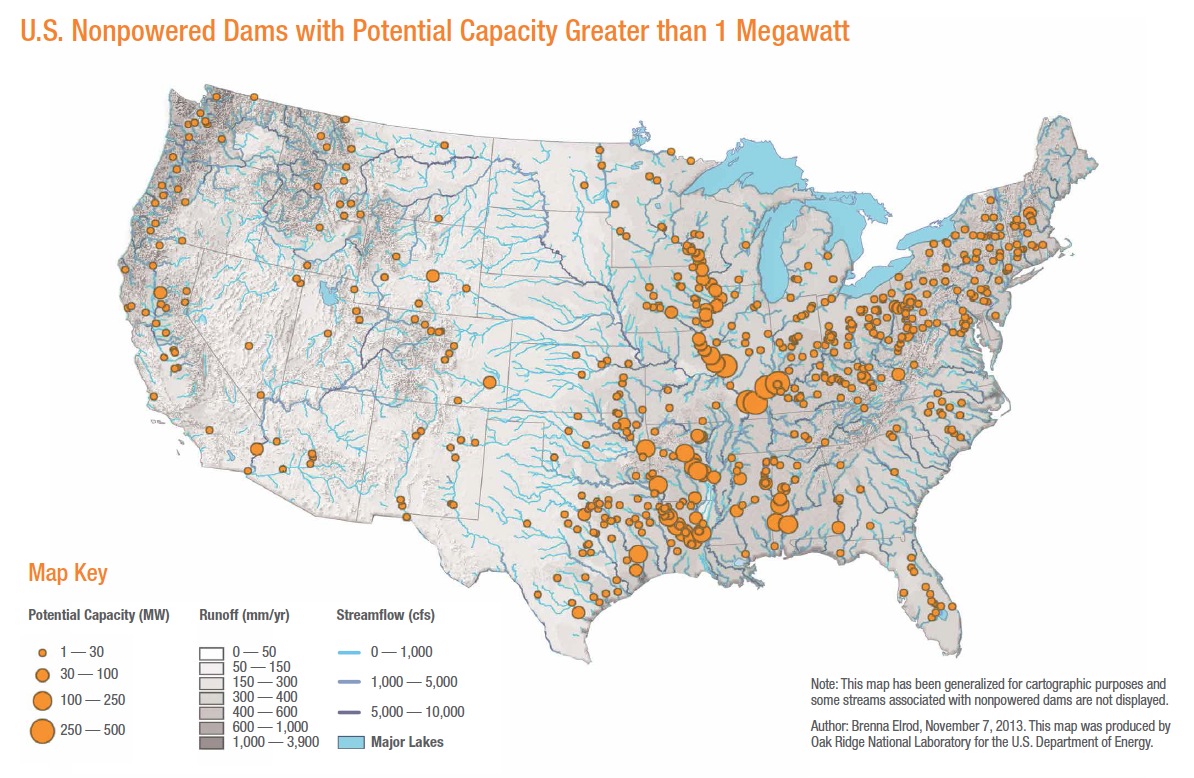
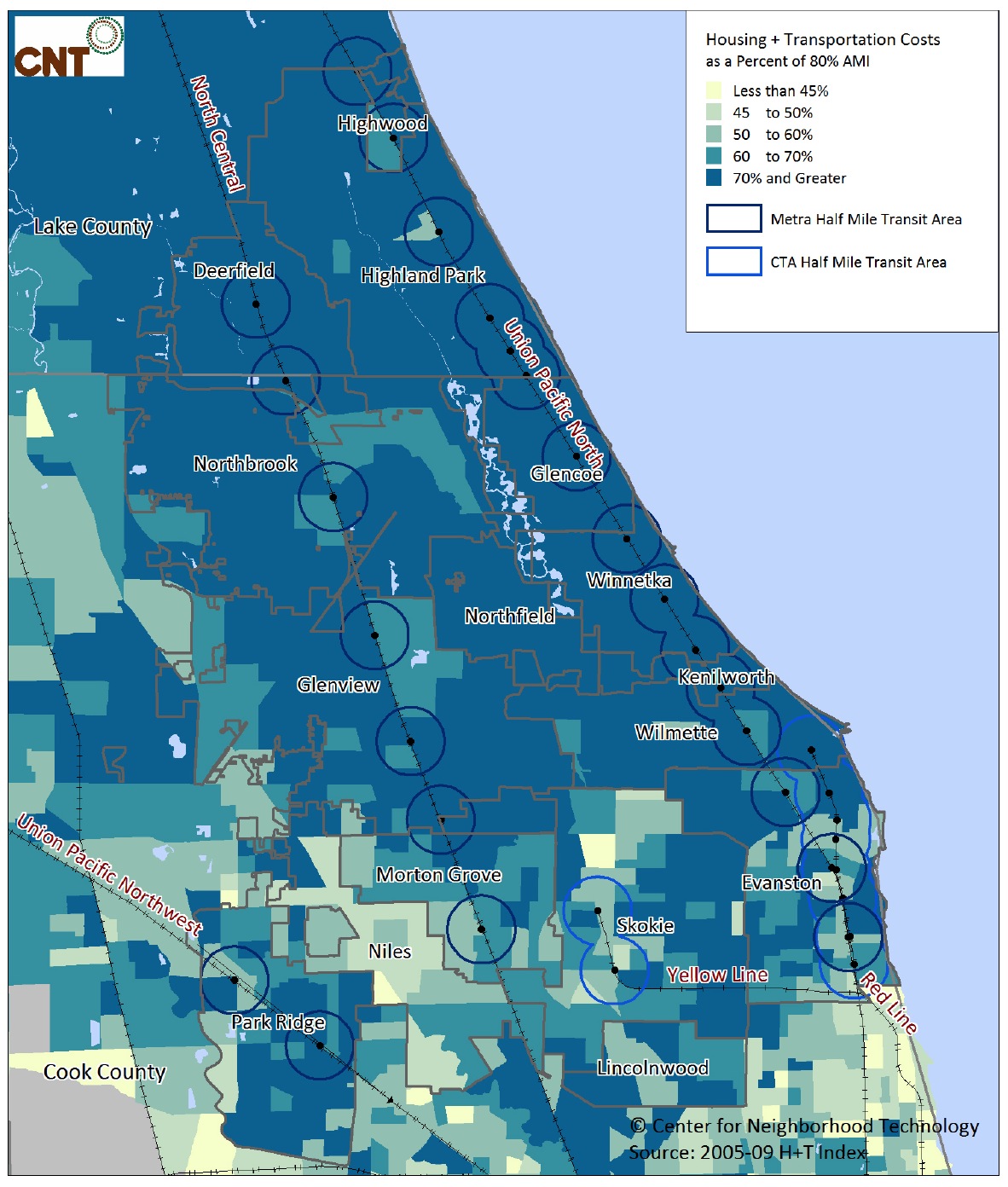
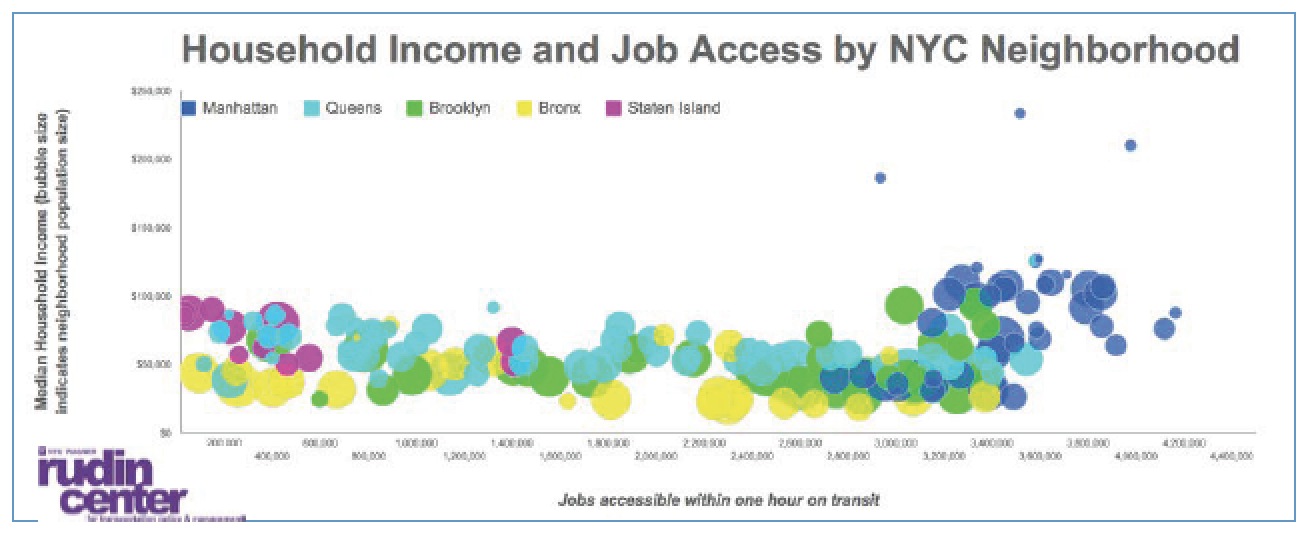
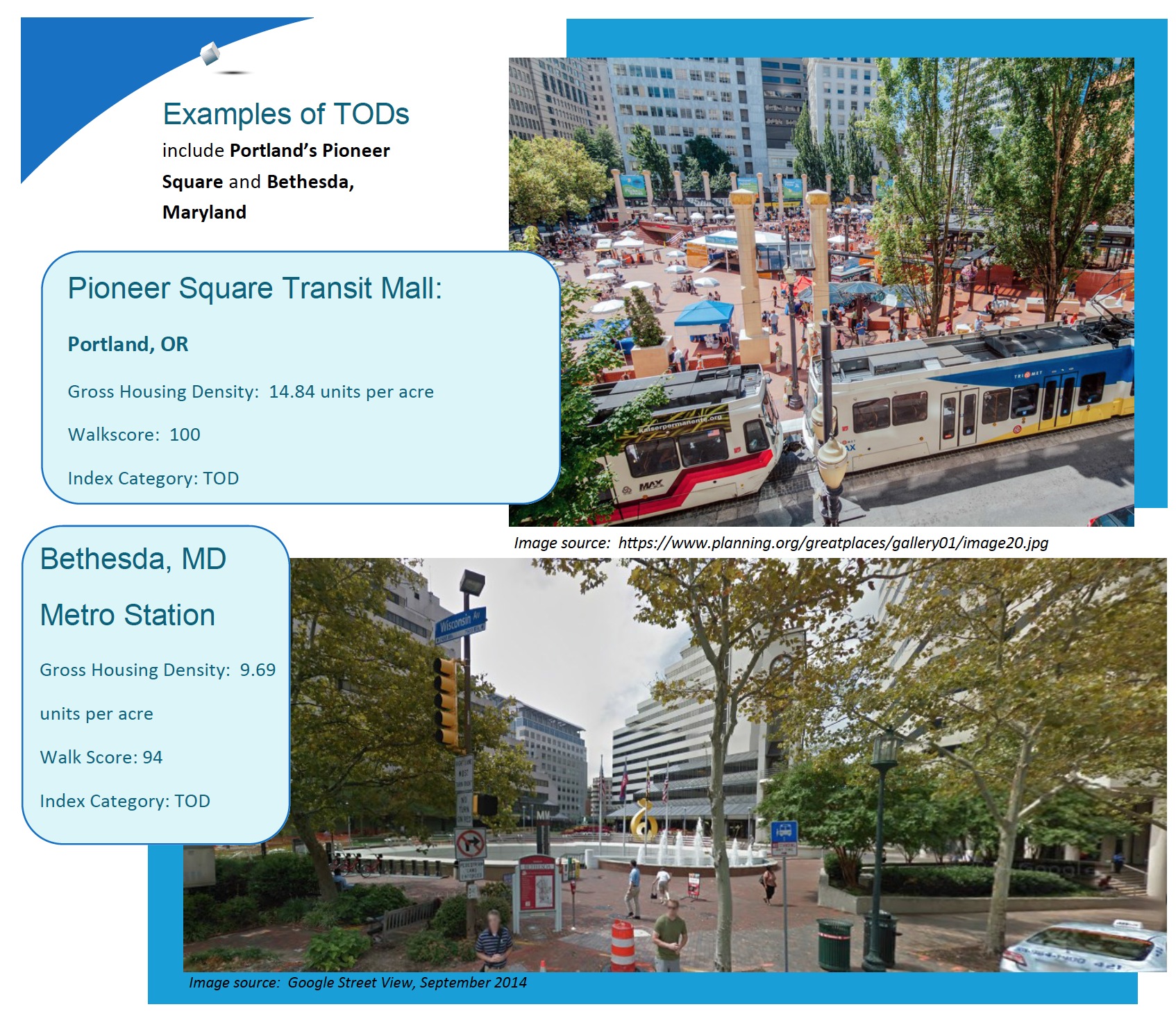
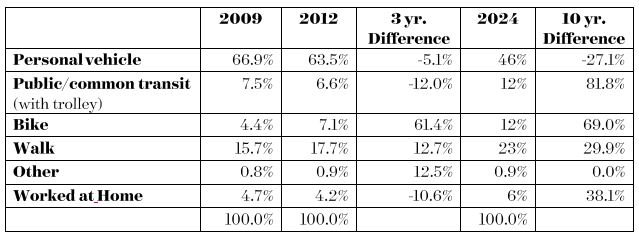


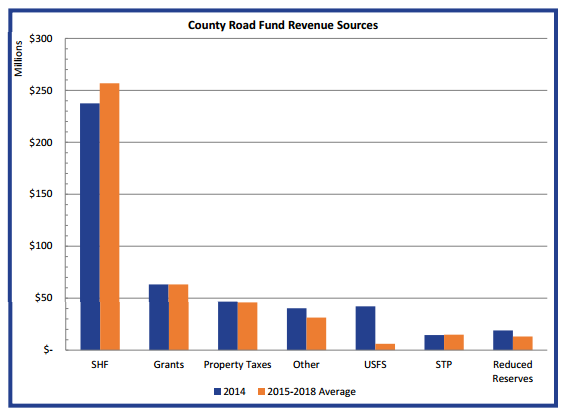

 RSS Feed
RSS Feed